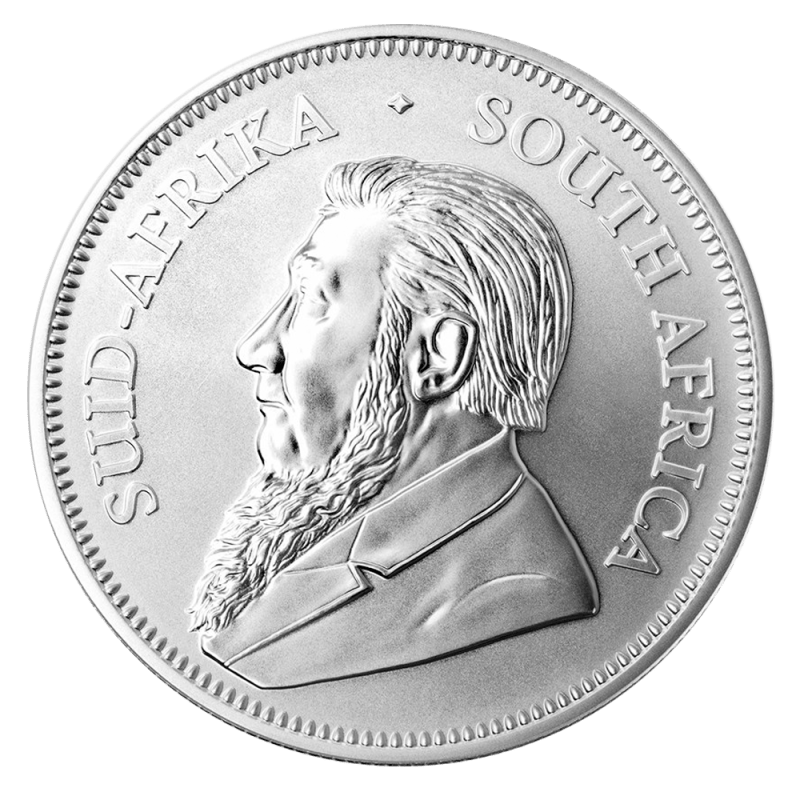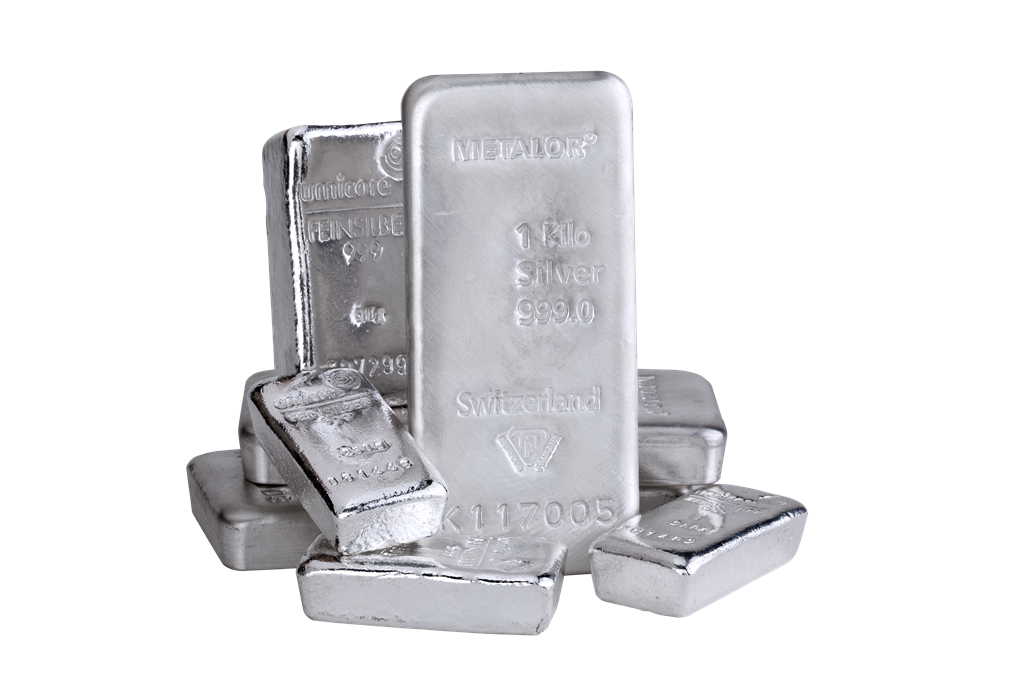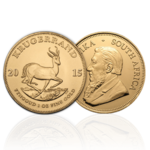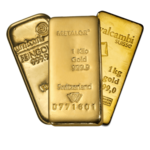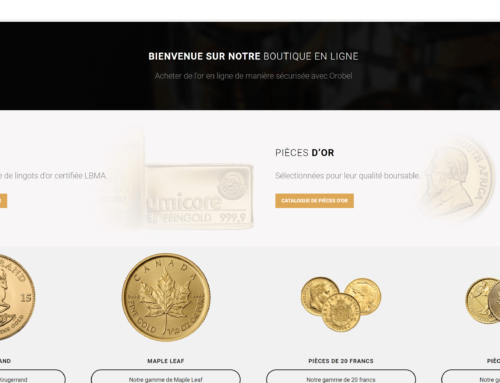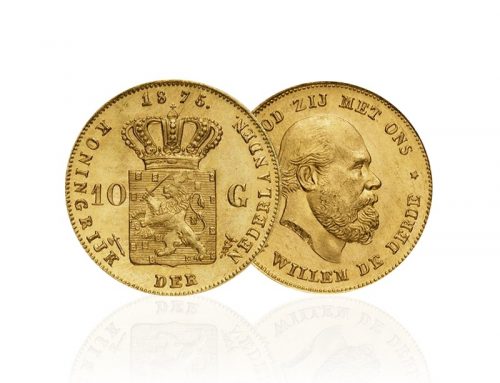8 reasons to own gold

Gold is respected around the world for its value and rich history, which was interlaced in cultures for thousands of years. The parts containing gold appeared around 800 BC, and the first pure gold coins were struck during the reign of King Cresus of Lydia about 300 years later. Throughout the centuries, people have continued to hold gold for various reasons. Here are eight reasons to own gold today.
A story that has kept its value
Unlike paper money to coins or other assets, gold has maintained its value throughout the ages. People see gold as a way to convey and preserve their wealth from one generation to another.
Weak US dollar.
Although the US dollar is one of the most important reserve currency of the world, when the value of the dollar falls against other currencies (as it did between 1998 and 2008) this often leads people to rush on gold for safety, raising its price. The price of gold has nearly tripled between 1998 and 2008, reaching the threshold of $ 1,000 an ounce in early 2008. Between 2008 and 2012, it almost doubled, reaching to $ 1800-1900 per ounce. The decline of the US dollar occurred for a number of reasons, including the large trade and budget deficit of the country and a sharp increase in the money supply.
Inflation
Gold has always been an excellent hedge against inflation, its price tends to rise when the cost of living increases. Since World War II, the five years in which US inflation was at its highest (1946, 1974, 1975, 1979 and 1980) were the period or the average real return on the Dow Jones Industrial Average was -12 33% compared to 130.4% for gold.
Deflation
During periods of deflation, prices and slowing economic activity driven by excessive debt, which has not been seen globally since the Great Depression of the 1930s Meanwhile, the relative purchasing power gold soared while other prices dropped sharply.
The geopolitical uncertainty
Gold retains its value not only in times of financial uncertainty, but also geopolitics. It is often called the « product of the crisis, » people going towards him when world tensions rise. During these times, it often outperforms other investments. Its price often rises the most when confidence in government is low.
Supply constraints
Much of the supply of gold present on the market since the 1990s has come from sales of gold bullion vaults of central banks worldwide. This source has slowed considerably in 2008. At the same time, the production of new gold deposits declined since 2000, from 2573 tonnes to 2444 tonnes in 2007. However, according Goldsheetlinks.com, gold has seen a rebound production in 2011 at a yield of nearly 2,700 tons. Put a new mine into production can take 5-10 years. This reduction in supply therefore increases its price.
Increased demand.
The increasing wealth of emerging economies has boosted demand for gold. In many of these countries, gold is closely linked to culture. India is one of the largest gold-consuming nations in the world, the metal are finding many uses, including jewelry. The wedding season in India in October is traditionally the time of year with the highest global demand for gold (although it tumbled in 2012.) In China, where gold bars are a traditional form of savings, demand for gold has been constant.
Demand for gold has also grown among investors. Many are beginning to see commodities, particularly gold, as an investment class into which funds should be allocated. Indeed, SPDR Gold Trust, has become one of the largest ETF in the United States and one of the world’s biggest holders of gold bullion in 2008, only four years after its creation.
Portfolio Diversification
The key is to find investments are not closely correlated to each other. Gold has always had a negative correlation with equities and other financial instruments. Recent history confirms this:
The 1970s was great for gold prices but terrible for stocks.
The 1980s and 1990s were wonderful for stocks, but horrible for gold.
2008 saw share prices fall significantly as investors migrated to gold.
A proper portfolio diversification combines gold with actions to reduce the overall volatility and risk.
All this to say …
Gold should be an important part of a diversified investment portfolio due to the increase of its course, and in response to events that would have a negative impact on the value of paper investments, such as stocks and bonds. Although the price of gold can be volatile in the short term, it has always maintained its value over the long term. Over the years, he served as a hedge against inflation and the erosion of major currencies, and therefore remains an attractive investment to consider.
